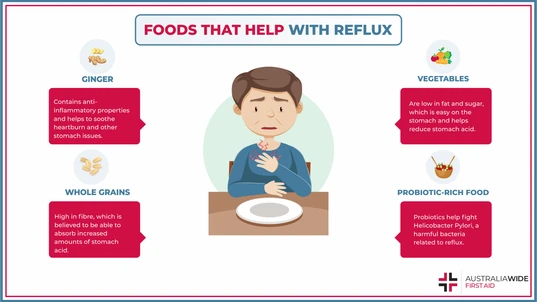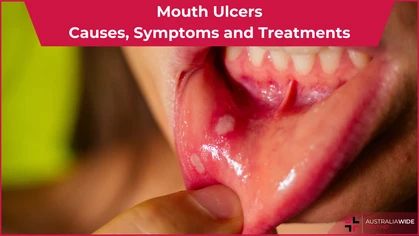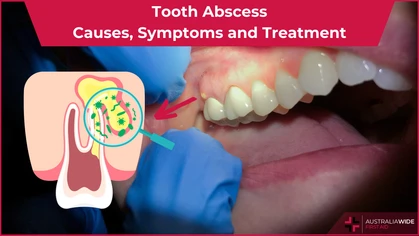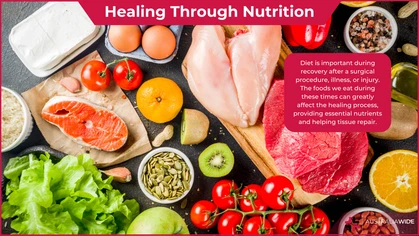Foods That Help with Acid Reflux

General Health-Related

Acid reflux is a condition in which stomach acid rises into the oesophagus. Without treatment, it can lead to oesophageal scarring and damage. There are some foods that you can eat at home to lessen the symptoms of acid reflux, including heartburn.
Acid reflux, also known as heartburn, is used to describe the feeling of pain in the chest resulting from stomach acid moving back into the oesophagus. This occurs when the part of the oesophagus that allows food to enter the stomach, the lower oesophageal sphincter, has problems tightening properly, allowing the backflow of stomach acid into the oesophagus. While there are often little to no major health risks associated with reflux, if the symptoms are too great and is beginning to hinder your day-to-day activities, you may need to consult a doctor. Reflux, while generally harmless, can cause intense feelings of pain. The general rule of thumb is to wait for the discomfort to pass but there are also different foods that can soothe the pain. Follow this guide to learn which foods can help stimulate relief from acid reflux discomfort and which ones to avoid.Food for Acid Reflux Relief
While there is no definite cure for reflux and symptoms usually go away with time. There are some foods that can help alleviate some of the discomfort brought on by reflux.Food Rich in Probiotics
Probiotics are beneficial, live bacteria found in certain foods that help maintain and restore balance in your system by fighting bad bacteria in your body. Doctors believe that an increase in Helicobacter Pylori, a type of harmful bacteria, in the body is related to reflux. Probiotics can help fight off Helicobacter Pylori. Probiotic rich food that can help reduce reflux include:- Yogurt
- Kimchi
- Sauerkraut
- Kombucha
- Pickles
Ginger
Ginger is good for treating reflux because it has anti-inflammatory properties. It can be used to soothe heartburn and other stomach issues. In addition to dealing with stomach and chest pain, it also relieves nausea which can often be a side effect of reflux. Because it can be difficult to eat raw ginger, you can consider adding it to your recipes or drink. You can also make ginger tea as well.Vegetables
Vegetables are good for reflux because they do not contain anything that can trigger reflux symptoms, like fat, spice, or acidity. Veggies being low in fat and sugar also helps reduce stomach acid as well as be easy on the stomach. Remember how you prepare your food is also something that can affect reflux. Frying your greens would not be a good idea because it uses a lot of oil, which intensifies reflux symptoms. Some vegetables that can help reduce reflux include:- Potato
- Cucumbers
- Broccoli
- Kale
- Green Beans
Whole Grains
Food that is high in fibre is believed to help lower acid reflux symptoms. Whole grains are high in fibre and is believed to be able to absorb the increased amount of stomach acid, reducing reflux symptoms. Some whole grain food that can help reduce reflux include:- Oatmeal
- Brown rice
- Rye bread
- Whole millet
- Whole barley
Non-Citrus Fruits
Fruits are a good combatant to reflux. Being low in fat and high in fibre protects against many reflux symptoms. However, not all fruits are good to eat when you have reflux. Citrus fruits can exacerbate symptoms of reflux because it is acidic. Food with high acidity add to the high levels of acid that is already in the stomach. Some non-citrus fruits that can help reduce reflux include:- Berries
- Apples
- Melons
- Bananas
- Figs
Low-fat Protein
Low fat meats and protein can reduce discomfort caused by acid reflux. Make sure when choosing what to eat, you are mindful of the fat content as it can increase reflux. How you prepare the protein can also affect your reflux. Cooking methods that require a lot of oil like frying, intensifies reflux. Some low-fat protein that can help reduce reflux include:- Chicken
- Egg whites
- Seafood
- Turkey
- Almonds
Food to Avoid for Acid Reflux
When you are experiencing symptoms of acid reflux, there are foods that you should avoid to prevent discomfort from increasing. Keep in mind that everyone’s body is different. Different foods have different effects on different people. Some categories of food may increase reflux symptoms while other foods may result in no changes to your symptoms.Acidic Foods
Food that have high acidity levels can worsen reflux symptoms. This is because acidity relaxes the esophageal sphincter, which causes stomach acid to flow back into the esophagus. Furthermore, adding more acidity into your system when you already have high levels of stomach acid worsens the symptoms. Acidic food that can increase symptoms of reflux include:- Oranges
- Tomatoes
- Pineapple
- Grapefruit
- Salsa
Fatty Foods
Greasy, oily, and fatty foods are bad for reflux because it causes the lower oesophageal sphincter to relax. This allows for stomach acid to rise back into the oesophagus easily. In addition to this, fatty foods are hard to digest and delays the stomach from emptying. Fatty and greasy food that can increase symptoms of reflux include:- Bacon fat
- Creamy sauces
- French fries
- Whole milk
- Potato chips
Spicy Food
Capsaicin is found only in spicy food, which is a main trigger for reflux symptoms. Furthermore, it can act as an irritant to your lower esophageal sphincter and esophagus which make reflux symptoms even more uncomfortable. Spicy food that can increase symptoms of reflux include:- Garlic
- Onions
- Jalapeno
- Wasabi
- Hot sauce
Looking to get you First Aid knowledge up to date?
We run certified First Aid courses throughout all major Acustralian citys. Find a location near you.
Others
There are other foods that can increase the symptoms of reflux. These include:- Alcohol – Acts as a relaxant in your body, loosening the lower oesophageal sphincter allowing acid to flow back into the body. It also activates the production of stomach acid.
- Mint – Another relaxant to the sphincter valve, which triggers acid reflux. In addition to raw mint and peppermint, this includes gum and breath mints.
- Caffeinated drinks – Contain high levels of acidity. This can aggravate reflux symptoms by increasing acid production in the stomach. If you need to drink coffee or tea to stay up, consider choosing a decaffeinated option.
- Carbonated drinks – A remedy for relieving reflux symptoms is to eliminate pressure from the abdomen region. Carbonated drinks do the opposite of this by adding bubbles into your stomach, which create pressure and pain. Hold off from drinking carbonated drinks and opt for water instead
Conclusion
Acid reflux is a condition in which stomach acid rises into the oesophagus. It occurs when the oesophageal sphincter does not tighten properly and allows acid to flow from the stomach back into oesophagus. This can cause a burning sensation in the chest, known as heartburn, and lead to oesophageal scarring and damage if left untreated. There are certain foods that you can eat at home to lessen the symptoms of heartburn, including probiotic-rich foods, ginger, and vegetables (among many others). To learn more about how to identify and manage the symptoms of acid reflux, book a First Aid course with Australia Wide First Aid today.
Originally published at
https://www.australiawidefirstaid.com.au/resources/foods-that-help-with-acid-reflux
as part of the Australia Wide First Aid Articles Library









